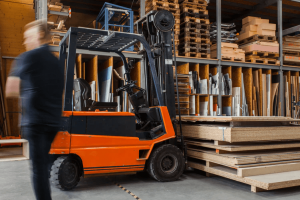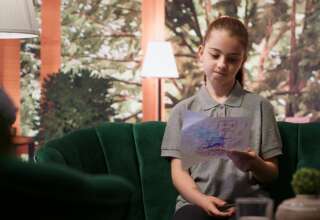Nowadays, everything seems to be moving at a high speed: people, ideas, and technology. This has led to consumers demanding more supply chain networks, to undergo rapid transformations to meet the consumer needs. To keep pace with, warehouses need to invest and implement the use of modern technology solutions. This will go a long way in improving the manufacturing, production, and accuracy of operations.
Smart warehouse automation reduces human error, lowers the risk of injury, increases the flexibility of hours of operation, and allows you to be more accurate in assessing your workforce requirement. In this article, we take a look at the warehouse technology solutions you should be using today, addressing how to keep them flexible, functional, and effective.
Use Warehouse Management Systems
Do you question the accuracy of your inventory? The warehouse management system(WMS) is here to solve your problem. They are designed to control all the warehouse activities, down to every unit and detail to improve order fulfillment and inventory accuracy. With information updated in real-time, warehouse management systems provide quick and accurate feedback to companies so that they can respond to their customer demands.
The right warehouse management system can also improve your sales and profits by enabling you to sell more, faster, and accurately to suitable clients. This is attributed to the fact that workers can receive and pick more items in less time, with fewer errors. The precision reduces customer inquiry and simplifies customer support.
Invest in Automated Picking Tools
In today’s fast-paced environment manufacturers, distributors and suppliers are pressured to fulfill orders on time. This often leads to picking and staging orders before shipment, which impacts the entire supply chain process. Implementing an automated picking system can drastically streamline your order fulfillment and increase efficiency.
Automated fulfillment systems use robotics to pick products from inventory, either in singles as groups. They are then palletized and shipped to the customer. Most warehouses prefer to use the industrial arm for scara robots. They are efficient and have a range of users especially in the food and beverage industries for can packaging and sealing. Their automated systems are fully equipped with automated picking systems to improve the packing process by:
- Improving pallet building efficiency and quality
- Eliminating picking labor and reduce repetitive manual handling
- Improve traceability
Automated guided vehicles
Automated guided vehicles are material handling systems or load carriers that move freely throughout a warehouse, manufacturing facility, or distributor area of operation without an onboard driver. Their warehouse applications include: transporting raw materials from reception to the warehouse and delivering materials directly to production lines.
There are several types of automated guided vehicles( AGVs) perfect for industrial use such as forklifts, conveyor belts, mobile robots, heavy burden carriers, and manual carts that move large volumes of materials from one workstation to another in a repetitive manner. Because AGVs operate autonomously, they eliminate unnecessary walking, and over time reduce the cost of labor for transporting material. AGVs are fitted with sensors and software to guide movements along defined pathways.
Implement IoT
Instead of gathering inventory data manually, staff can outsource the task to a range of connected sensors. The data is then uploaded and stored in a cloud-based platform where it is processed and analyzed. This is the basic concept of IoT, Internet of things is one of the most worthwhile investments you cannot afford to miss out on in your warehouse. IoT has a range of uses in a warehouse such as:
- Streamlining supply chain transparency. IoT allows store managers to collect real-time supply chain data and share it with their customers. This way they can keep track of the availability of products and get notifications when products are restocked.
- The system has a predictive maintenance system that detects early warning signs of machine malfunction. This way managers can service the machines in time and save a lot of money that could have been used to buy new machinery after they break down completely.
Machine Guarding
Machine guarding is a safety feature that protects humans from injury while working nearby or while operating equipment. Installing equipment electrical circuit breakers mounted on electrical access points are configured to break the flow of current during short circuits to prevent machine breakdown. For solar-powered infrastructures consider installing Zjbeny arc fault circuit interrupters that break circuit when it detects electric arcs.
The occupational safety and health guidelines stipulate work hazard risks and mitigation measures. It is in the same spirit that warehouses should prioritize the safety of their workers by installing single light beam curtains that are designed for perimeter safeguarding. They are commonly used to safeguard hazardous areas around machines and processes such as plastic molding injection machines.
Conclusion
Having an automated warehouse is every business owner’s dream but sadly it’s not everything you will need to have your warehouse running efficiently. It is crucial to ensure that every specific detail and solution is properly designed and carried out in good time. Implementing our above-listed technology solutions can be the best thing you will ever do for your business. This will go a long way in preventing supply chain delays and incurring extra costs. Good luck implementing them.














